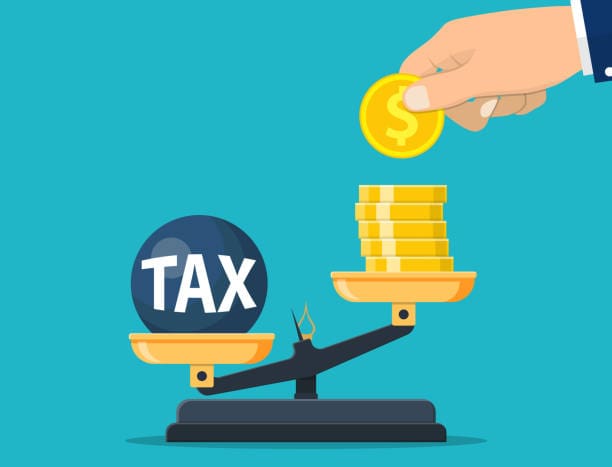 I know that many of you reading this column are investors with a long term perspective who generally hold your positions for years. Therefore, today’s message is particularly for you.
I know that many of you reading this column are investors with a long term perspective who generally hold your positions for years. Therefore, today’s message is particularly for you.
Since applying technical analysis is definitely not easy or perfect and is labor intensive, keeping stock, bond, or mutual fund investments for years often works out all right. Inflation and mankind’s progress usually cause prices to rise if one has sufficient time.
Everyone talks about buying low and selling high, but my observation is that people still are quite reluctant to sell at any price. The price may always rise higher, right?
An early lesson in this came from my dear departed father’s experience. When I started college at MU in the early 1970’s, I would go to the library and investigate stocks using the Value Line system. Long before widespread internet use, you could use subscription services and carefully examine the fundamentals and see a certain amount of charting.
I found Sears to be looking positive and shared that with Dad. It was about $60 a share and he bought some. Over the next year or two, it rose to $120, doubling his value. When the Arab Oil Embargo decimated stock prices in 1973-74, it dropped back down. My memory tells me that it ebbed and flowed for several years and he sold it at about $60 a share.
Of course, those were the good, old days for brokerage houses. It cost about $300 in trade charges to buy 100 shares of anything. You really had to have a large profit to justify the selling and the buying. No wonder the Merrill Lynch’s and others made so much money. Today with custodians and broker/dealers fighting it out over pennies a trade and zero trade charges, it is truly the golden age for investors.
In a non-tax-sheltered account (non-IRA or 401k), your taxes on gains are lower (15 percent) if you are (1) in fact able to hold your investment for at least 12 months and (2) in the 22 percent marginal federal tax bracket or higher. If you are in the 12 percent bracket. and your long-term capital gain tax is zero, thanks to President Bush II and Congress in the early 2000’s.
Otherwise, you or your accountant net out the short term gains and losses against the long term gains and losses to determine how much and what tax rate you will pay on both your trades and your capital gain distributions from mutual funds. Even in a bear market year, most mutual funds have some capital gains they must distribute and on which you would pay tax.
You have a few more days left in which to sell some losers in your portfolio. Why would you do this? The tax code provides you the ability to deduct up to $3,000 per year against any of your other income. This is always there for you, but it is a Use It or Lose It situation.
Example: Assume you have $1,200 of 2022 Capital Gains Distributions, you have many long term investments with $30,000 gains, but you also show $10,000 of losses in positions as well. If you sell even partial positions to reap a $4,200 loss, you will not pay tax on the capital gains distributed and you will reduce your gross income by $3,000. Even in the 22 percent marginal bracket, you will pay $810 less of federal and state income tax. This is cash in your pocket within the next four months.
With the status of low or no trade charges, you can also buy back your positions sold after 31 days if you really love them. Also be aware that your gains under current tax law are forgiven at your death, but any losses are wasted so don’t leave any losses for your family!
